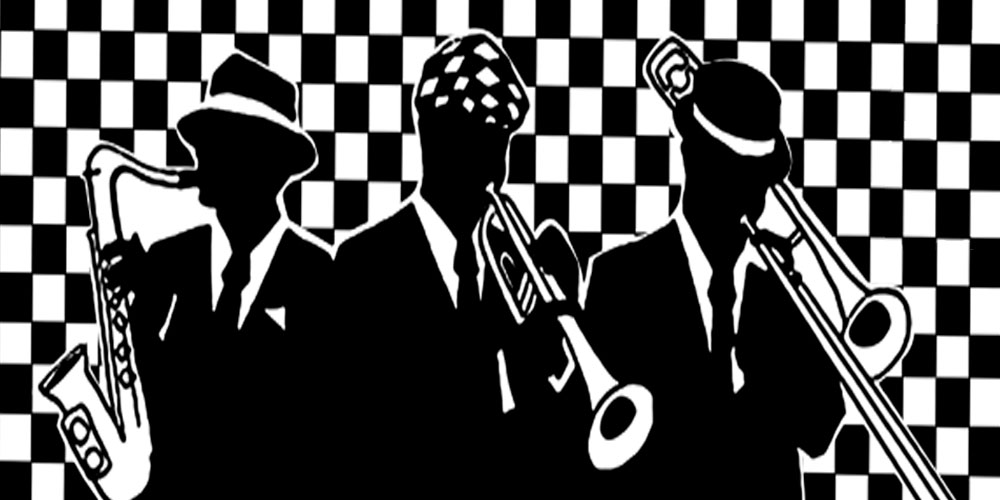Ska Ska Ska!

What is that?
Ska is a genre of music that combines Jamaican and Caribbean rhythms, punk rock energy, and horn sections. Ska music started in Jamaica in the early 1960s, and it was the begining of the rocksteady and reggae journey. It's related to youth, counterculture and the fight against the system.
This music style has evolved through the decades. We can say it has three main waves.
- First wave: It all started in Jamaica, in the early 60s. It was the same time of Jamaica's declaration of independence from Britain. These first bands began experimented mixing American jazz and R&B. One of teh most famous bands from de Jamaican ska scene are Toots & the Maytals, the Skatalites or Desmond Dekker among others.
-
Second wave: There was a surge in the UK in the
late 1970s and early 80s. This second wave of ska was led by the
English record label 2 Tone, which released records by the English
Beat, the Specials, and Bad Manners. Lyrics often focused on
battling racism, promoting integration, and pushing back against
Britain's conservative government led by Margaret Thatcher.
By the 1980s, some American groups had also caught ska's second wave, most notably the Toasters and Bim Skala Bim. Second wave ska incorporated both music and social messaging from Jamaicans.
- Third wave: This era was largely anchored in the United States in the 1990s, where ska's Jamaican and British foundation mixed with the pop punk genre that had gained a foothold in American music. Popular acts from the era include Mighty Mighty Bosstones, Reel Big Fish, Fishbone, Sublime, Less Than Jake, and Operation Ivy.
Today, historic traditional ska, two-tone, and ska-punk groups have an international following. Contemporary artists perform in all styles of ska, contributing to what some have called a fourth wave.